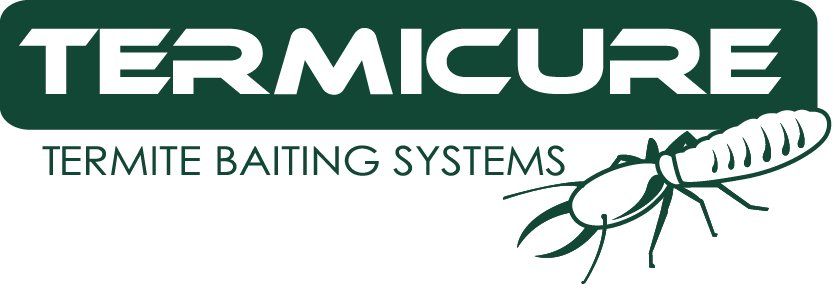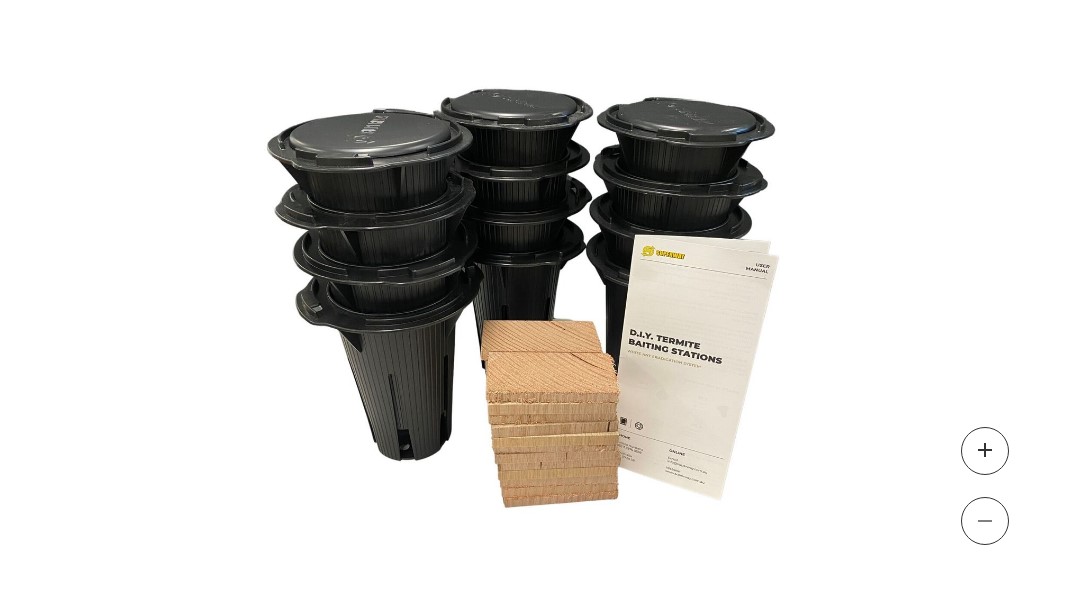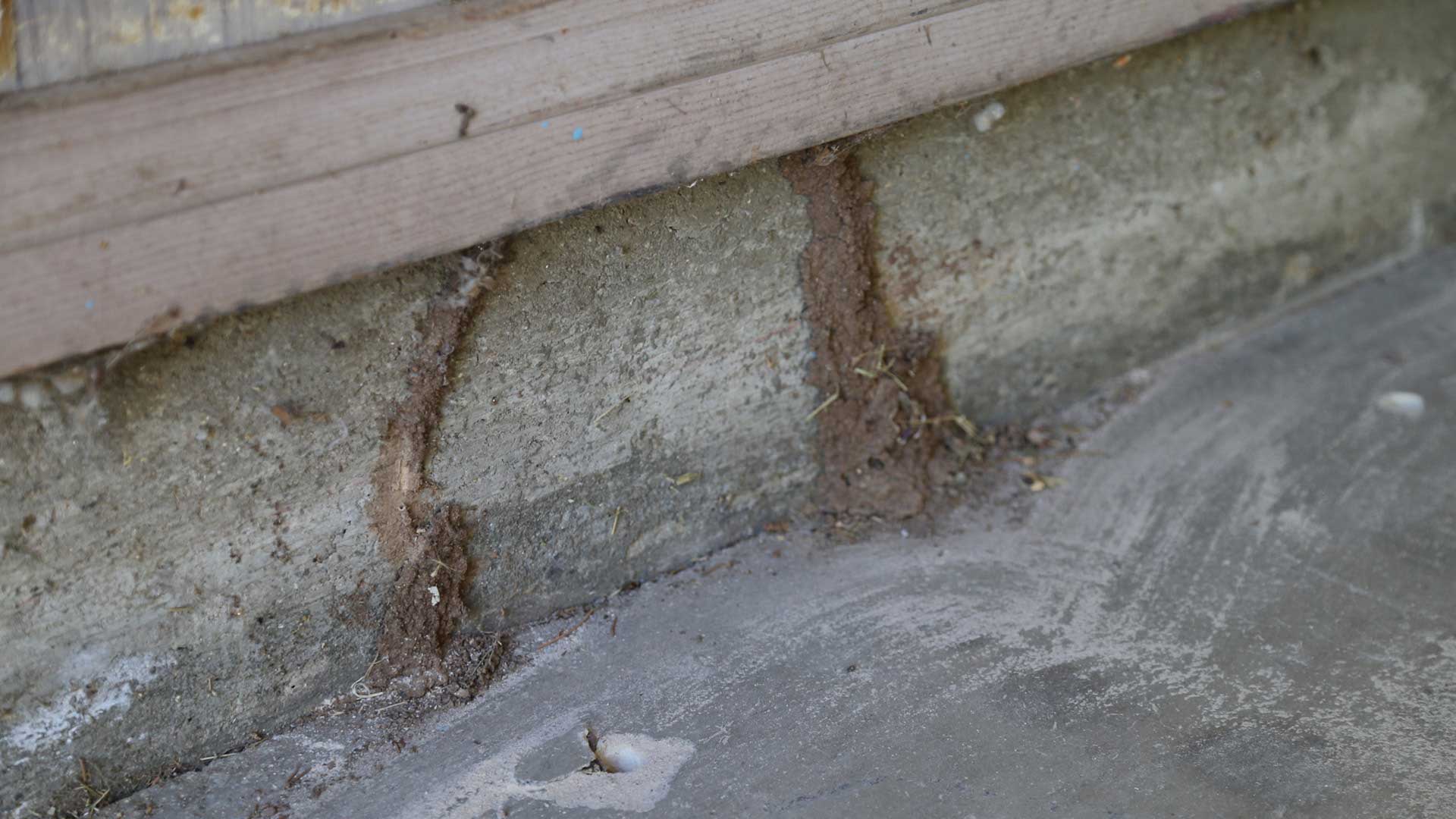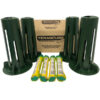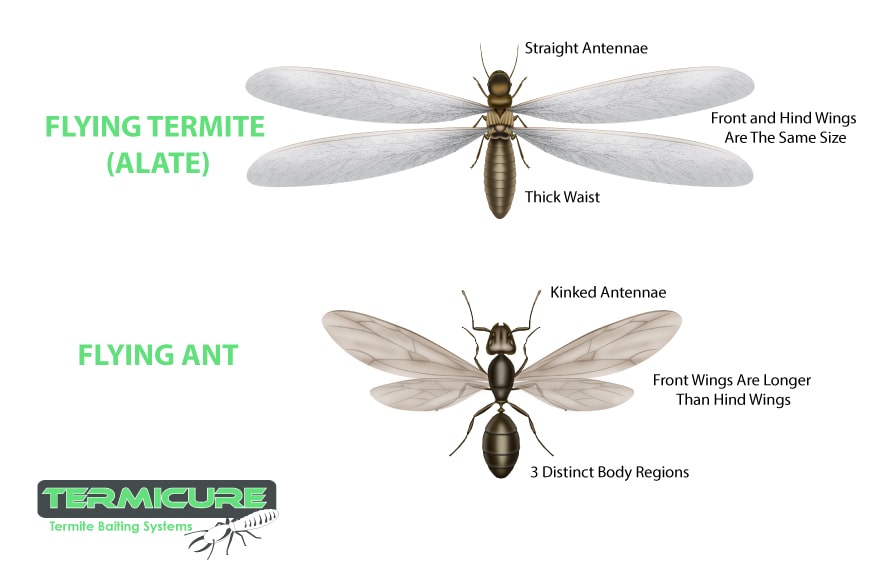
Have you seen flying termites, or are they flying ants? How can you tell the difference between flying ants and flying termites, and should you be concerned?
These higher humidity levels we have been experiencing over the last few weeks have seen the first major termite colonisation in multiple areas around most of Australia so expect to see more flying termites around the place (technically referred to as Alates).
Insects thrive in high humidity, which is why you’ll start to find more bothersome insect pests around as we lead into summer. Ants are a consistent menace, which can appear at any time of the year, but if you are seeing large amounts of flying ants around you home, it’s likely that an active termite colony is close by.
How can you tell the difference between a flying ant and flying termite?
- While both flying termites and ants have four wings, termites have two large pairs of wings which are the same size. Winged ants have noticeably larger wings in the front than the pair in the back.
- Termite wings are twice as long as their body. Ant wings are shorter and more proportionate to their bodies.
- Termite antennae are more evenly curved, where ant antennae are kinked.
- Ants appear distinctly segmented, because of their thin waist. Termites have a broad waist and are mostly a uniform width along their entire body.
- Flying termites are often a dark honey colour, although this can be difficult to determine as the melanin in different termite species and environments is variable.
The main thing is, if you have concerns, it’s easier and less expensive to prevent a termite issue, than it is to have the heartache and expense of repairing termite damage.
